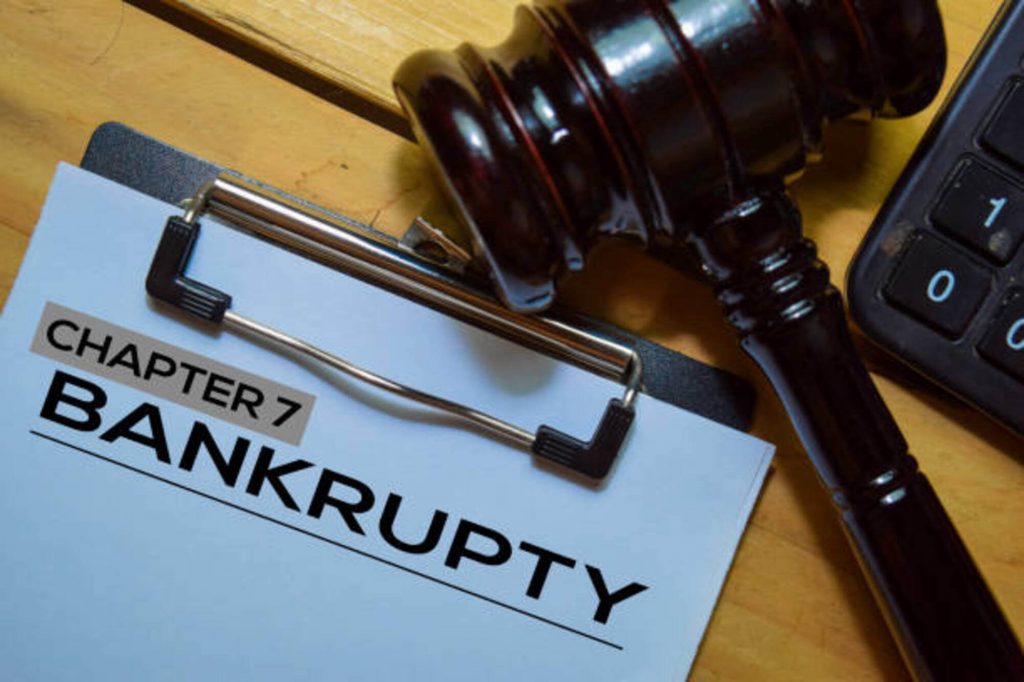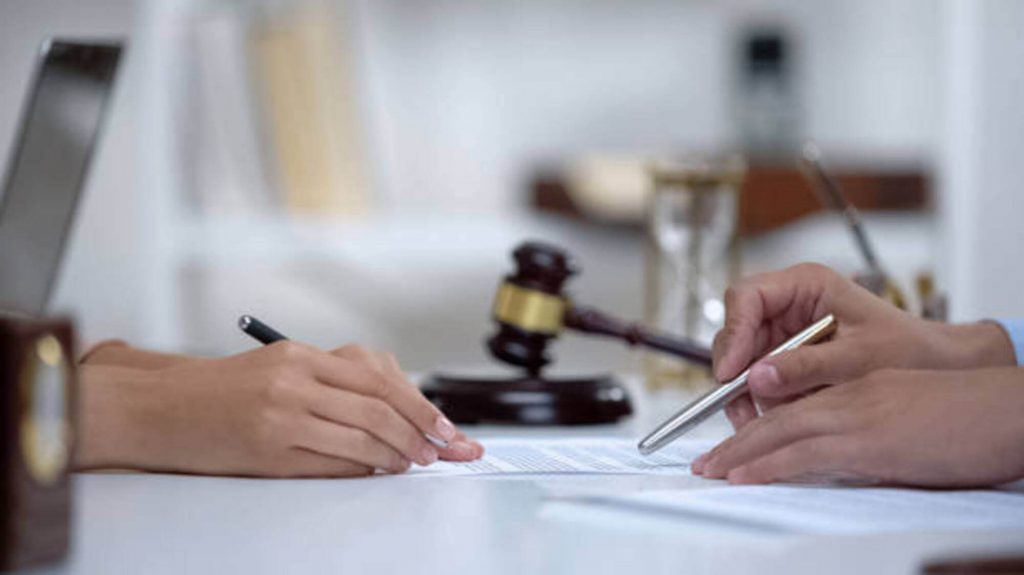Ever heard of the movie “The Wolf of Wall Street”? It’s about a crazy stockbroker who was indicted for fraud and then went bankrupt.
In case you didn’t know, bankruptcy is when someone or a company can no longer pay debts. As a result, they will have to file papers with the court saying that they don’t owe anything or pay less than what is owed on debt repayments.
A business’s bankruptcy is one of the worst things that can happen to creditors. But don’t worry, as there are some ways to get back what is due. Just keep in mind which type of creditor you are and take appropriate legal measures because these factors have significant effects on how you’ll be compensated.
Different Types of Bankruptcy
Before everything, you need to know what type of bankruptcy the company filed as it influences how creditors get paid.
- Chapter 7: The owner has lost all hopes of saving the business and decided to completely shut down the company. This also means they’re clearing tangible assets to settle the debt to their creditors. A trustee assigned by the court oversees the selling of all the company’s property. The proceeds are then used to pay the creditors.
- Chapter 11: It is a reorganization process wherein the company tries to save itself by making fundamental changes, which will improve their odds for success and enable them to pay back all debts as soon as possible. However, creditors get the power to agree on the plan. In addition, the proposal needs to be approved by the bankruptcy court.

Types of Creditor
Creditor type determines the amount you will get paid, if and when you get repaid. There are typically three categories of creditors, preferential, secured, or unsecured.
- A preferential or preferred creditor is an individual or organization with the highest priority order in getting paid the owed money when an organization goes bankrupt. Preferred creditors vary subject to law and jurisdiction.
- Secured creditors are backed by collateral. Collateral implies assets guaranteed as security for reimbursement of loans, including car dealerships or credit cards.
- Unsecured creditors are those without collateral and are at the bottom of priority order in getting repaid. Suppliers and contractors that contributed goods or services for the company are some examples.
How to File a Proof of Claim
Proof of Claim is a legal document that can be filed in bankruptcy court. It informs the judge and creditors about how much money someone owes them. It is usually sent to creditors when a company files for bankruptcy.
The only way to file a proof of claim is if you have had contact with the trustee assigned to oversee your case’s assets. The trustee will give out creditor forms for specific types of claims; there may also be links provided on their website for various fillable PDF versions. You must provide all necessary documents on or before the deadline as it is time-bounded.
Sometimes, however, a company leaves you out of its listed creditors. Accordingly, the court will not send you any notice of filing. But if you heard, unofficially, that the company has arranged for bankruptcy, you should immediately contact the company and request for the case number. After which, get a hold of the court clerk to confirm that a filing has actually happened. If you were able to talk to them before the deadline for the proof of claim, then request all necessary documents from the clerk.
In the case when a business seeks bankruptcy protection, an automatic stay is implemented. In this scenario, creditors can no longer try to claim refunds outside of bankruptcy courts. However, creditors can also appeal to revoke the automatic stay, which allows the continuation of collection processes.
However, remember that proof of claim filing does not guarantee you any payment. But it does list all due amounts for consideration and connects you with future updates.
Retention of Title Clause
Unfortunately for creditors, bankruptcy losses are prominent. But there are ways to avoid such consequences. One such method is the retention of title clause. In this situation, you remain in possession and ownership of your collateral until the debt is covered. If not, then you could be listed as an unsecured creditor.

Conclusion
Although the bankruptcy of a company you’ve invested in almost always means losses, there is still a possibility to get back that money, even if not in full. You only have to file a proof of claim, so the trustee responsible for the payments can note your receivables.
